Home>Garden Essentials>How To Grow Plantain From Seed
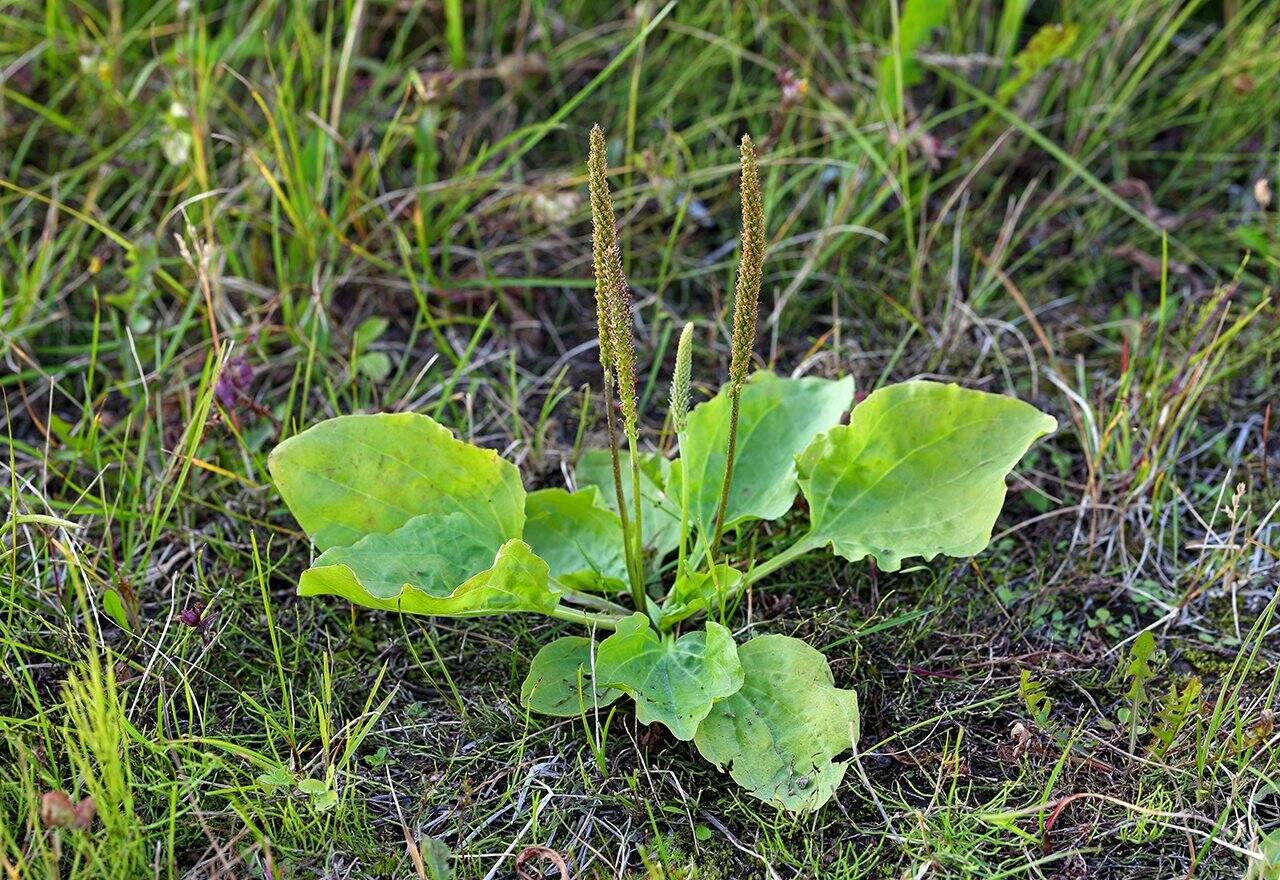

Garden Essentials
How To Grow Plantain From Seed
Modified: March 16, 2024
Discover the secrets to successfully growing plantains from seed in your garden. Learn step-by-step techniques and expert tips for a bountiful harvest.
(Many of the links in this article redirect to a specific reviewed product. Your purchase of these products through affiliate links helps to generate commission for Storables.com, at no extra cost. Learn more)
Introduction
Welcome to the wonderful world of plantains! Plantains are not only delicious but also a versatile and easy-to-grow addition to any garden. Whether you’re a seasoned gardener or a beginner, growing plantains from seeds can be a rewarding experience that allows you to enjoy the fruits of your labor (literally!). In this article, we will guide you through the process of growing plantains from seeds, from choosing the right seeds to caring for the seedlings and harvesting the delectable plantains.
Plantains, often confused with bananas, are members of the banana family and are native to tropical regions. They are larger and starchier than bananas and are typically used in savory dishes rather than eaten raw. Plantains are rich in potassium, dietary fiber, and various vitamins and minerals, making them a nutritious and healthy choice.
Growing plantains from seeds offers several advantages over other methods, such as using suckers or corms. By starting from seeds, you have more control over the variety you want to grow and can select seeds from healthy and disease-free plants. It also allows you to experience the entire growth cycle of the plant, from seed to harvest. So, let’s dive in and learn how to grow plantains from seeds!
Key Takeaways:
- Growing plantains from seeds allows you to choose your favorite variety, experience the entire growth cycle, and enjoy a cost-effective gardening adventure with delicious rewards.
- Proper care, from seed selection to harvesting, ensures healthy plantain growth. Troubleshoot common issues like yellowing leaves and slow growth to overcome challenges and savor your homegrown plantains.
Read more: How To Grow Hollyhocks From Seed
Why Grow Plantain from Seeds
Growing plantains from seeds is a fantastic way to have complete control over the variety of plantains you want to grow. When you grow plantains from seeds, you have the opportunity to select the specific variety that suits your tastes and preferences.
Another advantage of growing plantains from seeds is that it allows you to start with healthy and disease-free plants. By carefully selecting the seeds from reliable sources and ensuring their quality, you can minimize the risks of plant diseases and pests affecting your crop.
Growing plantains from seeds also offers a unique experience of witnessing the entire growth cycle of the plant. From the moment you sow the seeds to the time you harvest the mature plantains, you get to observe and appreciate the fascinating process of plant development.
Furthermore, growing plantains from seeds can be a cost-effective option. Compared to purchasing plantain suckers or corms, seeds are generally more affordable and readily available.
Finally, growing plantains from seeds allows you to experiment with different varieties and explore the diversity of flavors and textures that plantains offer. With each variety having its own unique taste and characteristics, you can discover new culinary delights by growing a variety of plantains in your garden.
Overall, growing plantains from seeds gives you the freedom to choose the variety, ensures healthier plants, provides a rewarding gardening experience, and allows for culinary exploration. So, why not give it a try and embark on the journey of growing your own plantains from seeds?
Choosing the Right Plantain Seeds
When it comes to growing plantains from seeds, selecting the right seeds is crucial for a successful and productive garden. Here are some factors to consider when choosing plantain seeds:
1. Variety: Plantains come in various varieties, each with its own distinct flavor and texture. Before purchasing plantain seeds, research the different varieties available and choose the one that suits your preferences. Some popular plantain varieties include Horn, Dwarf Cavendish, and Orinoco.
2. Quality: It is essential to obtain high-quality seeds from reputable sources. Look for seeds that are fresh, well-dried, and properly stored. Check for any signs of damage or mold, as these can affect the germination and overall health of the plantains.
3. Disease resistance: Plantains can be susceptible to various diseases, such as black sigatoka and fusarium wilt. To minimize the risk of disease affecting your crop, choose seeds that are labeled as disease-resistant or have been treated for disease prevention.
4. Organic vs. hybrid: Consider whether you prefer organic seeds or hybrid seeds. Organic seeds are produced from plants grown without synthetic chemicals, while hybrid seeds are a crossbreed of different plantain varieties. Both options have their benefits, so choose based on your personal preferences and gardening practices.
5. Availability: Availability may vary depending on your location and local seed suppliers. Check with local nurseries, garden centers, or online seed catalogs to find a reliable source for plantain seeds. Additionally, consider joining gardening communities or forums to get recommendations from experienced growers.
6. Quantity: Determine how many plantains you want to grow and choose seeds accordingly. Keep in mind the space you have available in your garden and the number of plants you can comfortably accommodate.
By considering these factors and making informed choices, you can ensure that you select the right plantain seeds for your garden. Remember, investing in high-quality seeds is a crucial step towards a successful and thriving plantain crop.
Preparing the Plantain Seeds for Planting
Properly preparing the plantain seeds before planting is essential to maximize their germination and ensure the successful growth of your plantain seedlings. Here are the steps to follow:
1. Seed Selection: Start by selecting healthy and mature seeds from your chosen variety. Look for seeds that are firm, plump, and free from any signs of damage or disease.
2. Seed Treatment: Some gardeners recommend treating plantain seeds before planting to increase germination rates. One common method is to soak the seeds in water for 24 hours to help soften the seed coat and promote germination. Others suggest rubbing the seeds gently with sandpaper to scarify the surface, aiding in water absorption.
3. Warm Water Soak: Fill a container with warm water and place the seeds in it for 24 hours. This process helps to rehydrate the seeds and enhances their chances of germination.
4. Seed Drying: After the soaking period, gently remove the seeds from the water and lay them out on a clean towel or paper towel. Allow the seeds to air dry for a few hours until they are no longer wet to the touch. This step helps prevent mold or rot during the planting process.
5. Preparing Planting Medium: While the seeds are drying, prepare the planting medium. Plantains prefer well-draining soil with good organic content. Mix equal parts of compost or well-rotted manure with high-quality potting soil to create a nutrient-rich planting mix.
6. Planting: Once the seeds are dry and the planting medium is prepared, it’s time to sow the seeds. Make small holes in the planting medium, about half an inch deep, and place a seed in each hole. Cover the seeds with soil, firming it gently around the seeds to ensure good seed-to-soil contact.
7. Watering: After planting, give the planted seeds a thorough watering to settle the soil and provide the seeds with the moisture they need. Avoid overwatering, as excessive moisture can lead to rot or fungal diseases.
8. Germination: Place the planted seeds in a warm location with plenty of indirect sunlight. Maintain consistent moisture in the soil by misting it regularly. Depending on the variety, plantain seeds generally take 2-4 weeks to germinate.
By following these steps to prepare your plantain seeds, you give them the best chance to germinate successfully and establish healthy seedlings. Remember to provide proper care and attention to your seedlings as they grow, and soon you’ll see the fruits of your labor in the form of thriving plantain plants!
Planting the Plantain Seeds
Now that you have prepared the plantain seeds, it’s time to plant them and start growing your own plantains! Follow these steps to ensure a successful planting process:
1. Site Selection: Choose a planting location that receives full sun for at least 6-8 hours a day. Plantains thrive in tropical or subtropical climates, so it’s important to provide them with warm and sunny conditions.
2. Soil Preparation: Plantains prefer well-draining, fertile soil. Before planting, amend the soil with organic matter such as compost or well-rotted manure to improve its nutrient content and drainage. Work the organic matter into the soil to a depth of about 12 inches.
3. Planting Hole: Dig a hole that is about twice the size of the plantain seedling’s root ball. Space the planting holes about 12-15 feet apart to allow room for the plantains to grow. Prepare the holes before planting to avoid exposing the delicate roots of the seedlings for too long.
4. Transplanting: Carefully remove the plantain seedlings from their pots by gently squeezing the bottom of the pot or tapping it against a solid surface. Place the seedlings in the planting holes, ensuring that the top of the root ball is level with the ground surface. Backfill the hole with soil and tamp it gently to eliminate any air pockets.
5. Watering: After planting, water the seedlings thoroughly. Provide enough water to saturate the soil and settle it around the roots. Keep the soil consistently moist but not waterlogged during the early stages of growth.
6. Mulching: Apply a layer of organic mulch around the base of the plantain seedlings. Mulch helps retain moisture, suppresses weed growth, and regulates soil temperature. Leave a small gap around the stem to prevent moisture buildup and potential rot.
7. Staking: Depending on the size and growth habit of the plantain variety, you may need to provide support by staking the plants. This will help prevent them from bending or breaking in strong winds. Use sturdy stakes and loosely tie the plantains to the stakes using soft materials to avoid damaging the stems.
8. Maintenance: Regularly monitor the soil moisture and water the plantains as needed. Keep an eye out for weeds and remove them promptly to prevent competition for nutrients and water. Provide adequate space between plantain clumps to allow airflow and reduce the risk of disease.
By following these steps, you can ensure that your plantain seeds are properly planted and have the best chance of establishing healthy and productive plants. Remember to provide ongoing care and attention, and soon you’ll be on your way to enjoying your homegrown plantains!
Plantain seeds can take a long time to germinate, so it’s best to start them indoors in a warm, moist environment. Once they have sprouted, transplant them to a sunny spot with well-draining soil. Keep the soil consistently moist, but not waterlogged, to help the plants thrive.
Read more: How To Grow Dahlia From Seed
Caring for Plantain Seedlings
Once you have planted your plantain seedlings, it’s important to provide proper care to ensure their healthy growth and development. Here are some essential tips for caring for your plantain seedlings:
1. Watering: Plantains require consistent moisture, especially in the early stages of growth. Water the seedlings deeply, allowing the soil to become evenly moist, but avoid overwatering, as it can lead to root rot. Monitor the soil moisture regularly and adjust your watering schedule accordingly.
2. Fertilization: Plantains benefit from regular feeding to ensure optimal growth. Apply a balanced fertilizer that is rich in potassium, nitrogen, and phosphorus every 4-6 weeks during the growing season. Follow the manufacturer’s instructions on the fertilizer packaging for proper application rates.
3. Mulching: Apply a layer of organic mulch around the base of the plantain seedlings. Mulch helps regulate soil moisture, suppresses weed growth, and improves soil fertility. Keep the mulch a few inches away from the stem to prevent moisture buildup and the risk of rot.
4. Pruning: As your plantains grow, remove any dead or yellowing leaves to maintain a neat and healthy appearance. Prune away any suckers (offshoots) that emerge from the base of the plantain clump to prevent overcrowding and divert energy towards the main fruiting stalk.
5. Pest and Disease Management: Keep a close eye on your plantain seedlings for any signs of pests or diseases. Common pests that can affect plantains include aphids, mealybugs, and mites. Monitor the undersides of the leaves regularly and use appropriate organic pest control methods if necessary. Diseases such as black sigatoka and fusarium wilt can also impact plantains. If you notice any disease symptoms, promptly remove and dispose of affected leaves or plants to prevent further spread.
6. Support and Protection: Depending on the variety and growth habit, some plantain plants may require staking to provide support. Use sturdy stakes and loosely tie the plants to them using soft materials to prevent damage. Protect the plantains from strong winds by planting them in a sheltered area or using windbreaks.
7. Regular Inspections: Regularly inspect your plantain seedlings for any signs of stress, nutrient deficiencies, or irregular growth. Address any issues promptly to prevent them from escalating and affecting the overall health of the plants.
8. Harvesting: Plantains typically take around 9-12 months to reach maturity and produce fruit. Harvest the plantains when the fruit is fully mature and has turned yellow or slightly black. Cut the bunches with a sharp knife, leaving a short stem attached to the fruit. Avoid damaging the main stalk or other emerging fruit-bearing shoots during the harvest.
By diligently following these care tips, you can ensure that your plantain seedlings thrive and grow into healthy and productive plants. With some patience and attention, you’ll soon be enjoying the delicious fruits of your labor!
Harvesting and Using Plantains
After months of nurturing and caring for your plantain plants, the exciting time of harvest has finally arrived. Here’s what you need to know about harvesting and using plantains:
1. Harvesting Time: Plantains are typically harvested when the fruit has fully matured on the plant. The fruit should have turned from green to yellow or slightly black. Depending on the variety and growing conditions, it can take anywhere from 9 to 12 months for plantains to reach maturity.
2. Harvesting Process: To harvest plantains, cut the entire bunch from the plant using a sharp knife. Leave a short stem attached to the fruits. Take care not to damage the main stalk or emerging shoots that may bear more fruit in the future. Harvest only the ripe bunches, and leave the unripe ones on the plant to continue maturing.
3. Post-Harvest Handling: After harvesting, handle plantains with care to avoid bruising or damage. Store them in a cool, dry place and avoid exposing them to direct sunlight. Plantains can be stored for up to two weeks at room temperature, but if you want them to ripen faster, place them in a paper bag with a ripe banana or apple.
4. Using Plantains in Cooking: Plantains have a starchy and mild flavor that lends itself well to a wide variety of culinary applications. They can be used both in savory and sweet dishes. When green and unripe, plantains are firmer and are commonly cooked as a vegetable. They can be fried, boiled, baked, or mashed and used in dishes such as tostones, plantain chips, and plantain fritters. When ripe, plantains become softer and sweeter, making them ideal for dishes like plantain bread, plantain pancakes, and plantain desserts.
5. Nutritional Benefits: Plantains are not only delicious but also offer several nutritional benefits. They are a good source of dietary fiber, potassium, and vitamins, including vitamin C and vitamin A. Plantains are also lower in sugar compared to bananas, making them a healthier choice for those watching their sugar intake.
6. Culinary Inspiration: Explore different cuisines and recipes to expand your culinary repertoire with plantains. Try traditional Caribbean dishes like mofongo or Jamaican sweet plantain porridge. Experiment with Latin American recipes like plantain empanadas or plantain tamales. There are endless possibilities to discover and savor!
Remember to enjoy the fruits of your labor and share your plantain creations with friends and family. Growing and using your own plantains offers a unique sense of satisfaction and the opportunity to truly appreciate the flavors and versatility of this tropical delight.
Troubleshooting Common Issues
While growing plantains can be a rewarding experience, it’s not uncommon to encounter some common issues along the way. Here are a few problems you may encounter and tips on how to troubleshoot them:
1. Yellowing Leaves: If the leaves of your plantain plants start turning yellow, it could indicate nutrient deficiencies, such as nitrogen or potassium. Apply a balanced fertilizer according to the recommended dosage to address any nutrient deficiencies. Check the soil pH as well, as an overly acidic or alkaline soil can affect nutrient uptake. Adjust the pH if necessary.
2. Slow Growth: If your plantains are growing slowly, it may be due to insufficient sunlight, inadequate soil fertility, or improper watering. Ensure that your plantains are receiving at least 6-8 hours of direct sunlight daily. Check the soil fertility and amend it with organic matter if needed. Ensure that you’re providing enough water without overwatering, as both underwatering and overwatering can hinder growth.
3. Pests and Diseases: Common pests that can affect plantains include aphids, mealybugs, and mites. Monitor the underside of leaves regularly and use organic pest control methods like neem oil or insecticidal soap to prevent infestations. Plantains are susceptible to diseases like black sigatoka and fusarium wilt. Remove and dispose of infected leaves promptly and apply appropriate fungicides if needed.
4. Fruit Rot: If you notice fruit rot occurring, it may be due to overwatering or poor drainage. Ensure that your plantains are planted in well-draining soil. Avoid excessive watering and allow the soil to dry out slightly between waterings. Proper airflow and spacing between plants can also help prevent fruit rot.
5. Improper Ripening: If your plantains are not ripening properly, you can try the following methods. First, ensure that you’re giving them enough time to ripen on the plant. If necessary, you can remove the bunch and place it in a well-ventilated area to ripen. Adding a ripe banana or apple in the vicinity can also help speed up the ripening process. Monitor the fruit closely and consume them as they reach the desired level of ripeness.
6. Wind Damage: Plantain plants can be susceptible to wind damage, especially during storms or in areas with strong winds. To protect your plants, consider planting them near a windbreak or providing support with stakes and ties. Ensuring that the stakes are sturdy and the ties are not too tight will help prevent wind-related damage.
If you encounter any of these issues while growing plantains, don’t be discouraged. With proper care, attention, and timely intervention, you can overcome these challenges and continue to enjoy a bountiful harvest of delicious plantains.
Conclusion
Congratulations on learning how to grow plantains from seeds! By following the steps outlined in this article, you are well-equipped to embark on your journey of cultivating these delightful and versatile plants in your own garden.
Growing plantains from seeds offers a unique and rewarding experience, allowing you to have control over the variety, ensure healthy plants, and witness the entire growth cycle from seed to harvest. With proper care and attention, you can grow delicious plantains that not only provide culinary enjoyment but also offer nutritional benefits.
Remember to select the right plantain seeds, prepare them properly before planting, and provide the appropriate care throughout the growth process. From choosing a suitable site and soil preparation to watering, fertilization, and pest management, every step contributes to the success of your plantain garden.
As your plantains grow, you will have the joy of watching the seedlings transform into productive plants, and eventually, you’ll be rewarded with a harvest of sweet and savory plantains. The possibilities for using plantains in your cooking are endless, allowing you to explore various cuisines and create delectable dishes for yourself and others to enjoy.
While challenges may arise along the way, such as yellowing leaves, slow growth, or pests and diseases, don’t be discouraged. By troubleshooting these issues and implementing the appropriate solutions, you can overcome obstacles and continue on your path to successful plantain cultivation.
In conclusion, growing plantains from seeds is a gratifying endeavor that combines the joys of gardening with the pleasures of savoring fresh, homegrown plantains. So, roll up your sleeves, get your green thumbs ready, and enjoy the journey of cultivating and indulging in your very own plantain harvest!
Frequently Asked Questions about How To Grow Plantain From Seed
Was this page helpful?
At Storables.com, we guarantee accurate and reliable information. Our content, validated by Expert Board Contributors, is crafted following stringent Editorial Policies. We're committed to providing you with well-researched, expert-backed insights for all your informational needs.
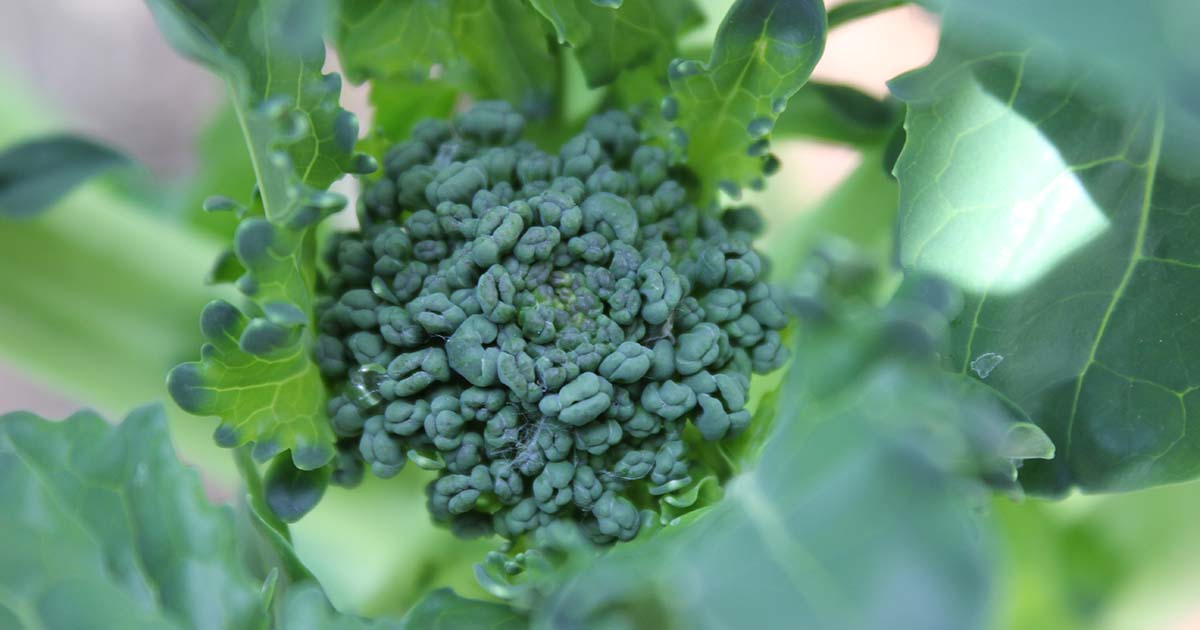
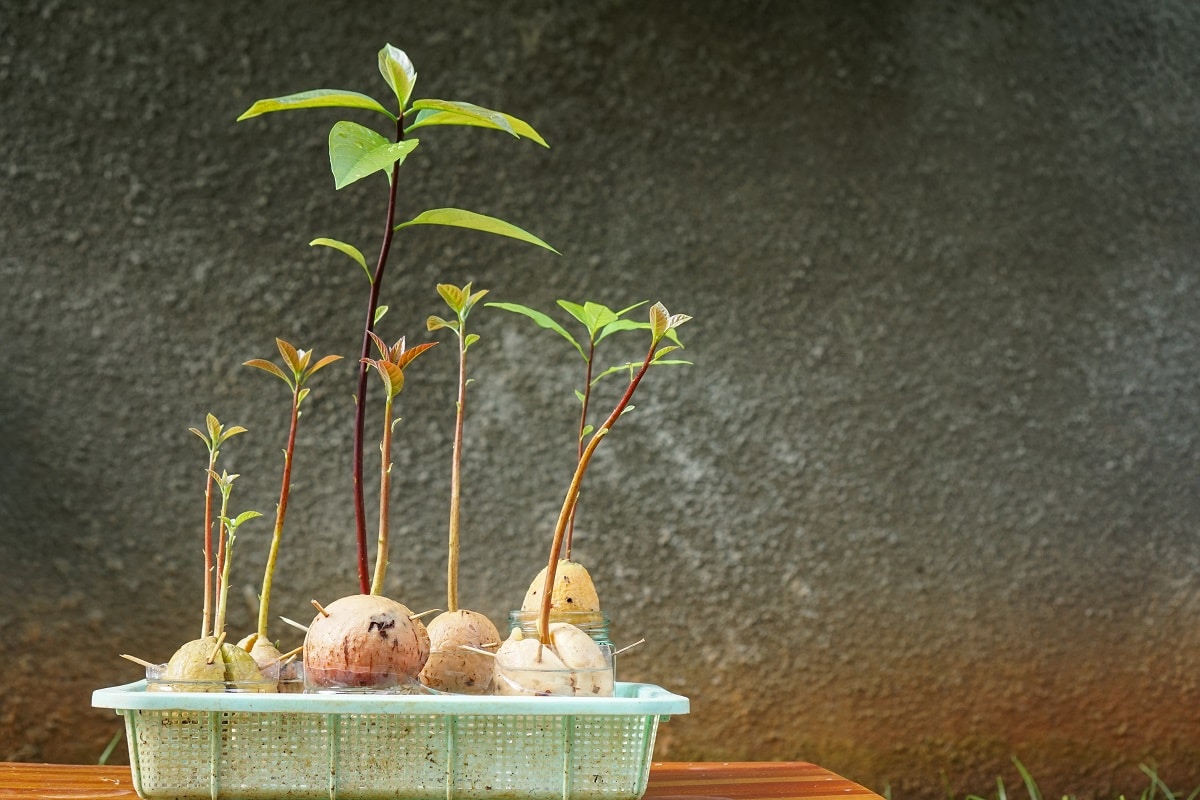
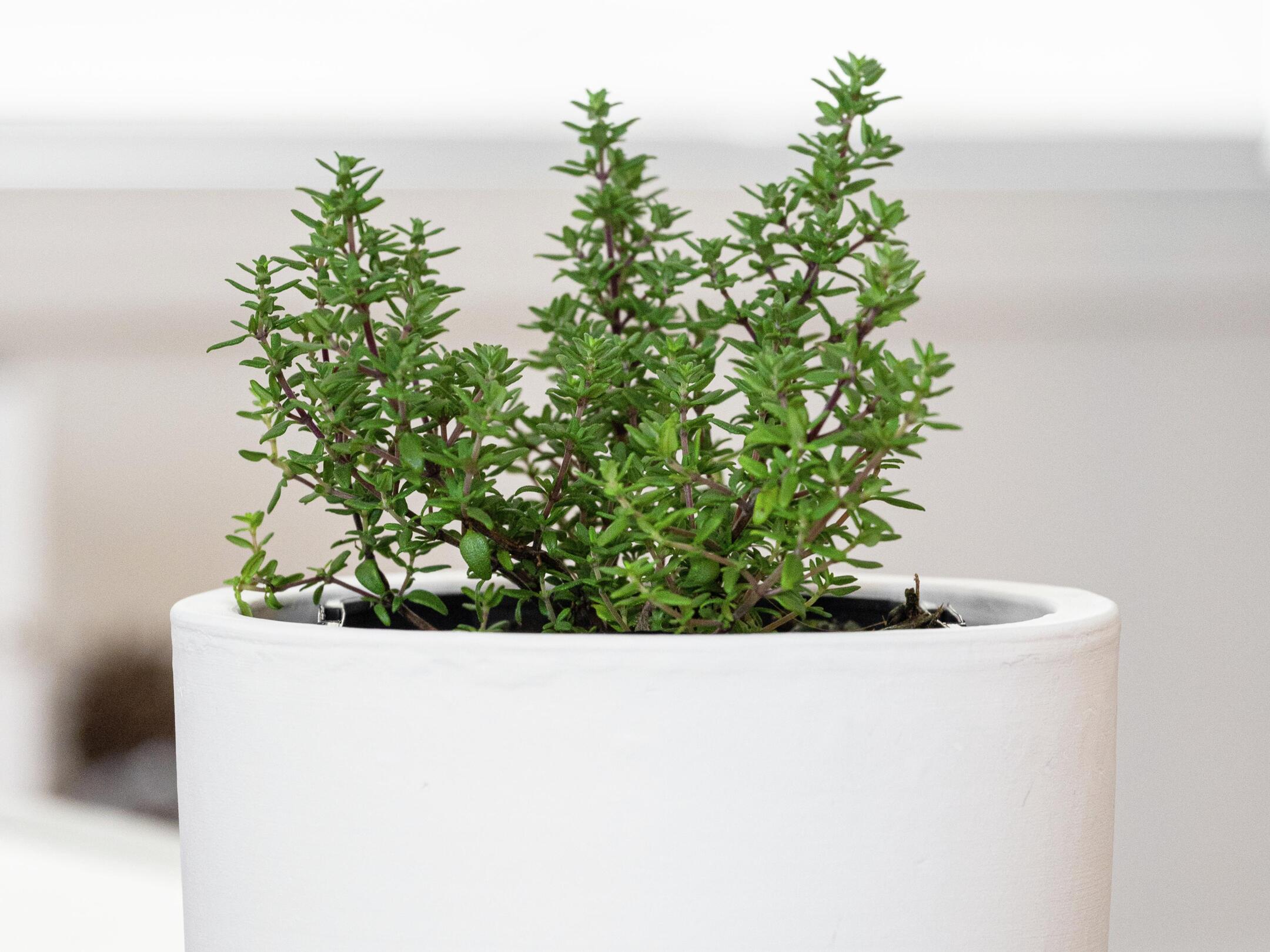
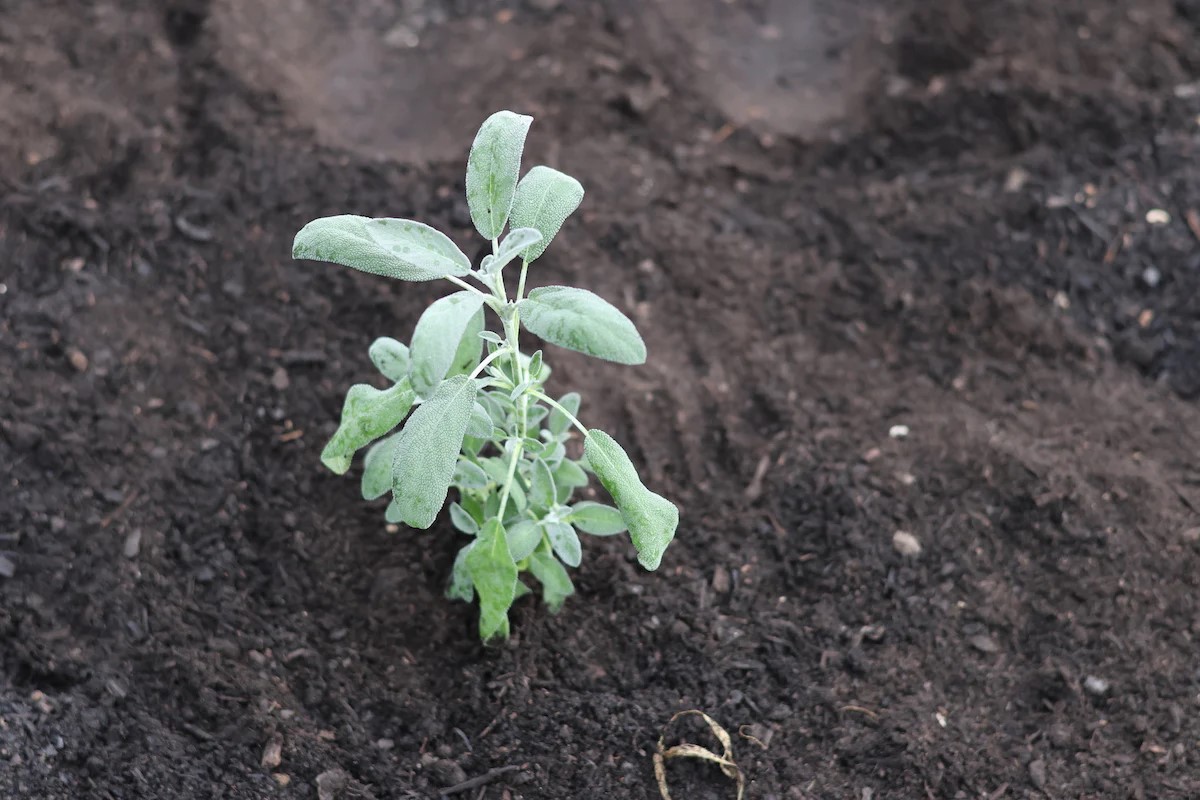
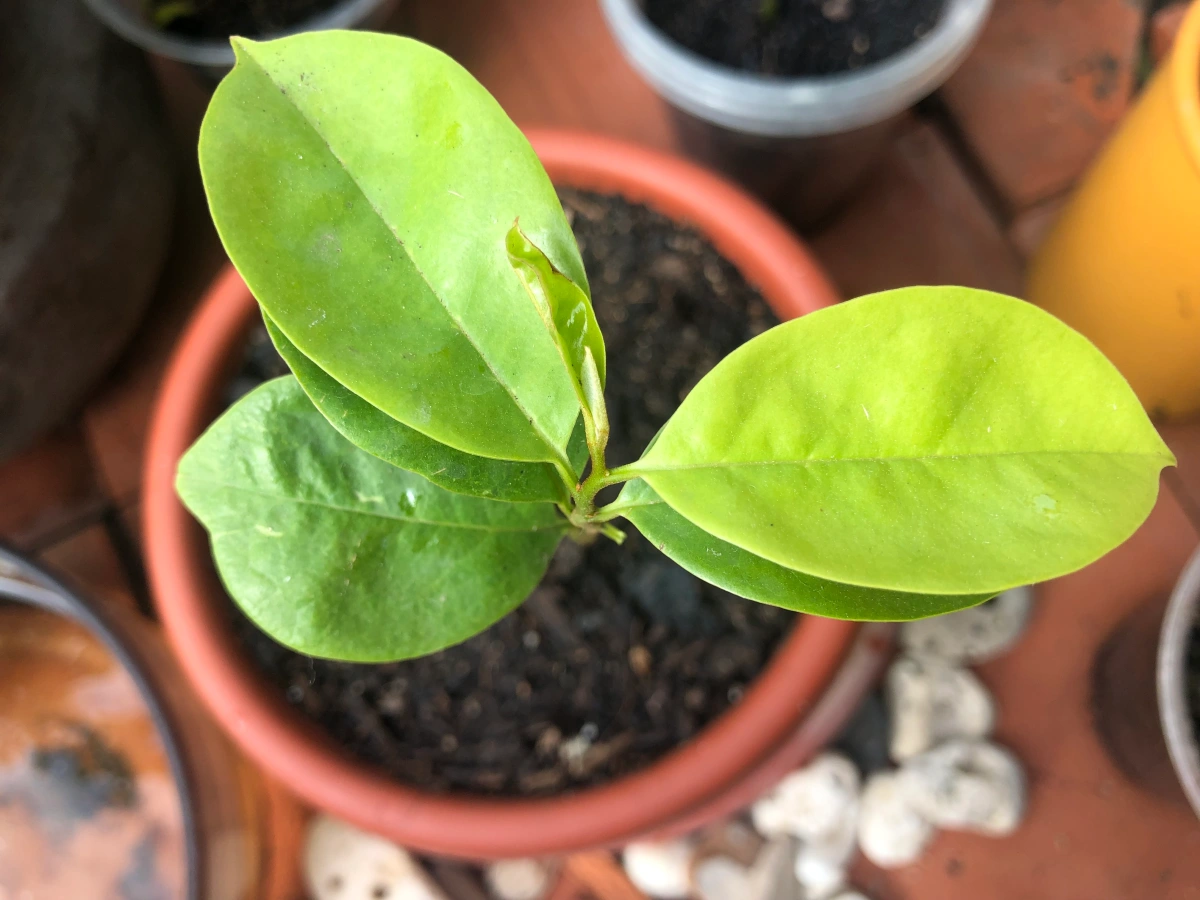
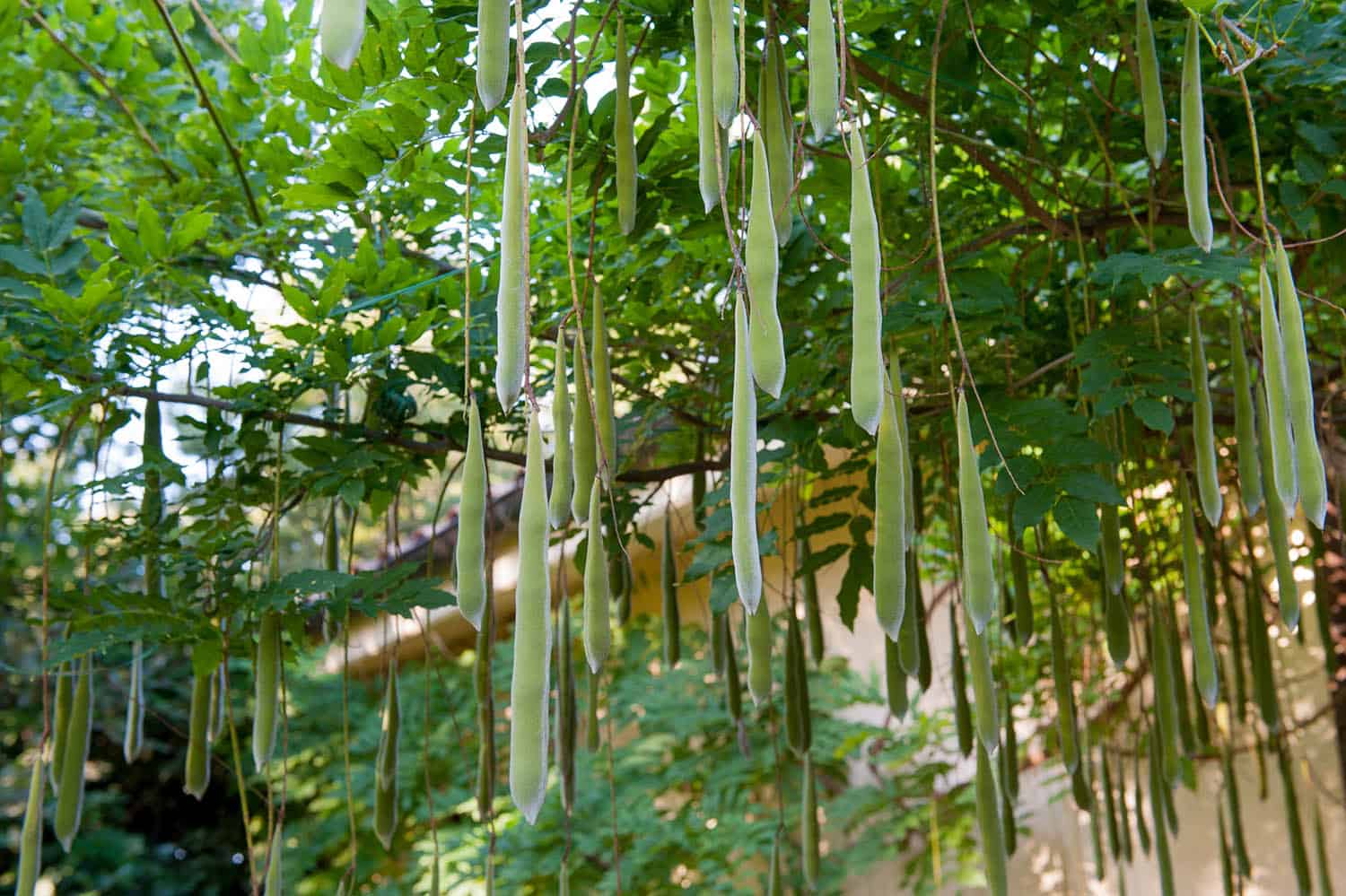
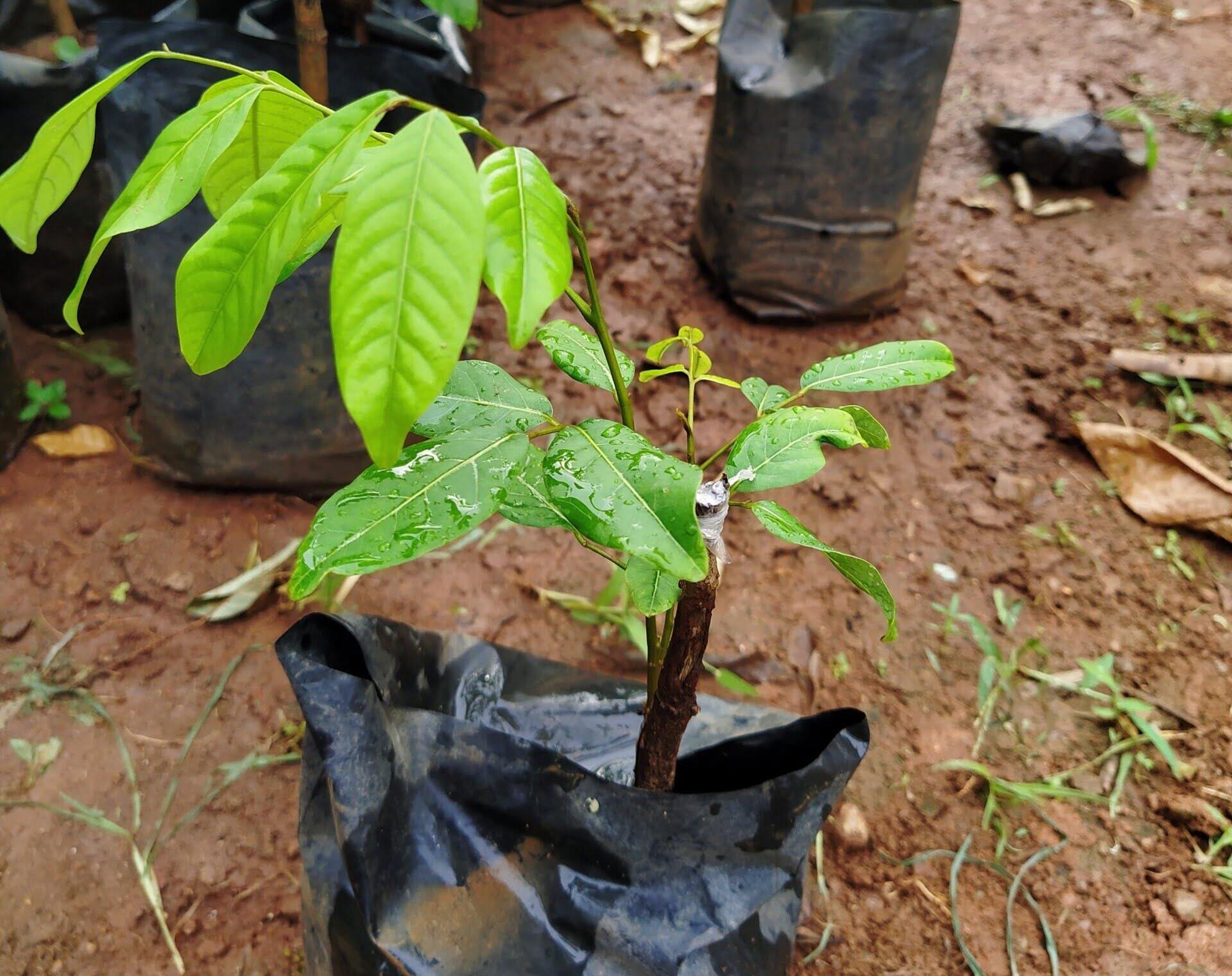
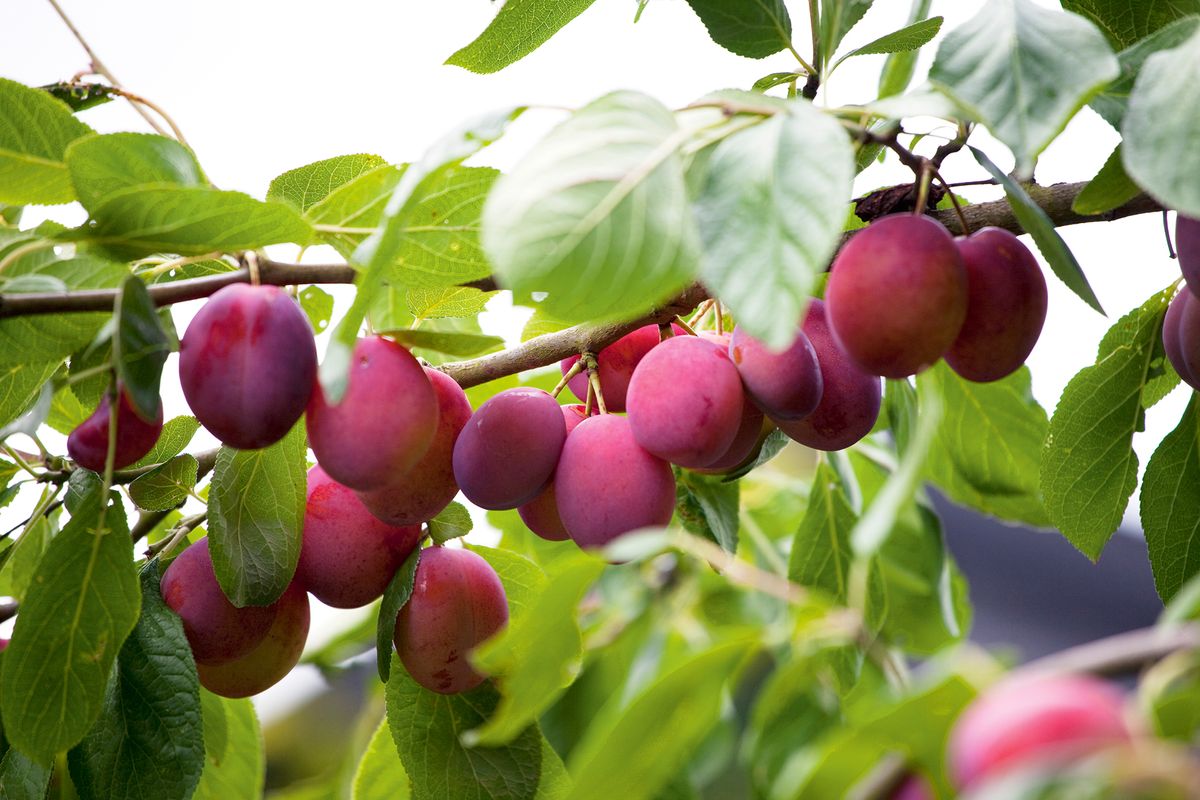
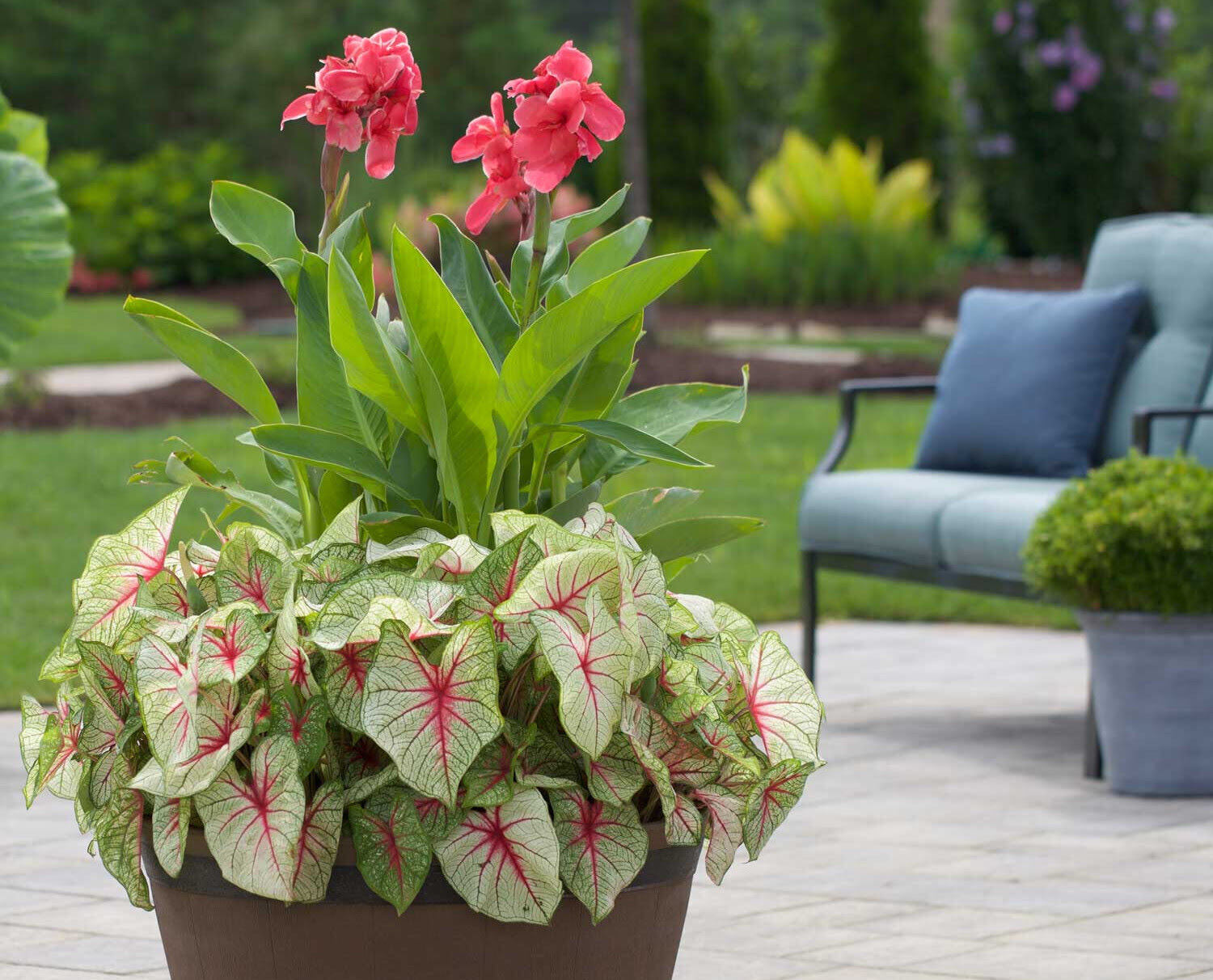
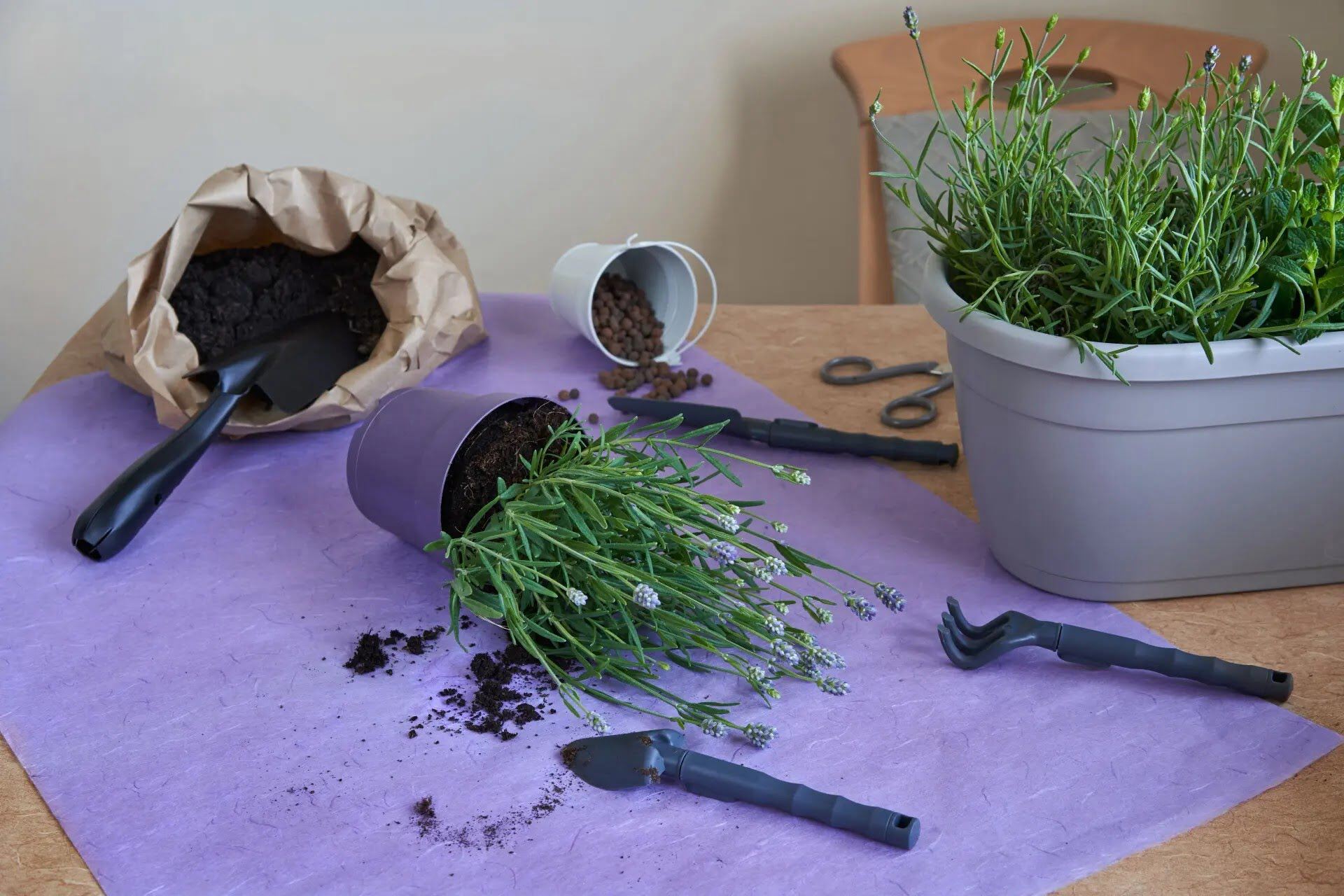
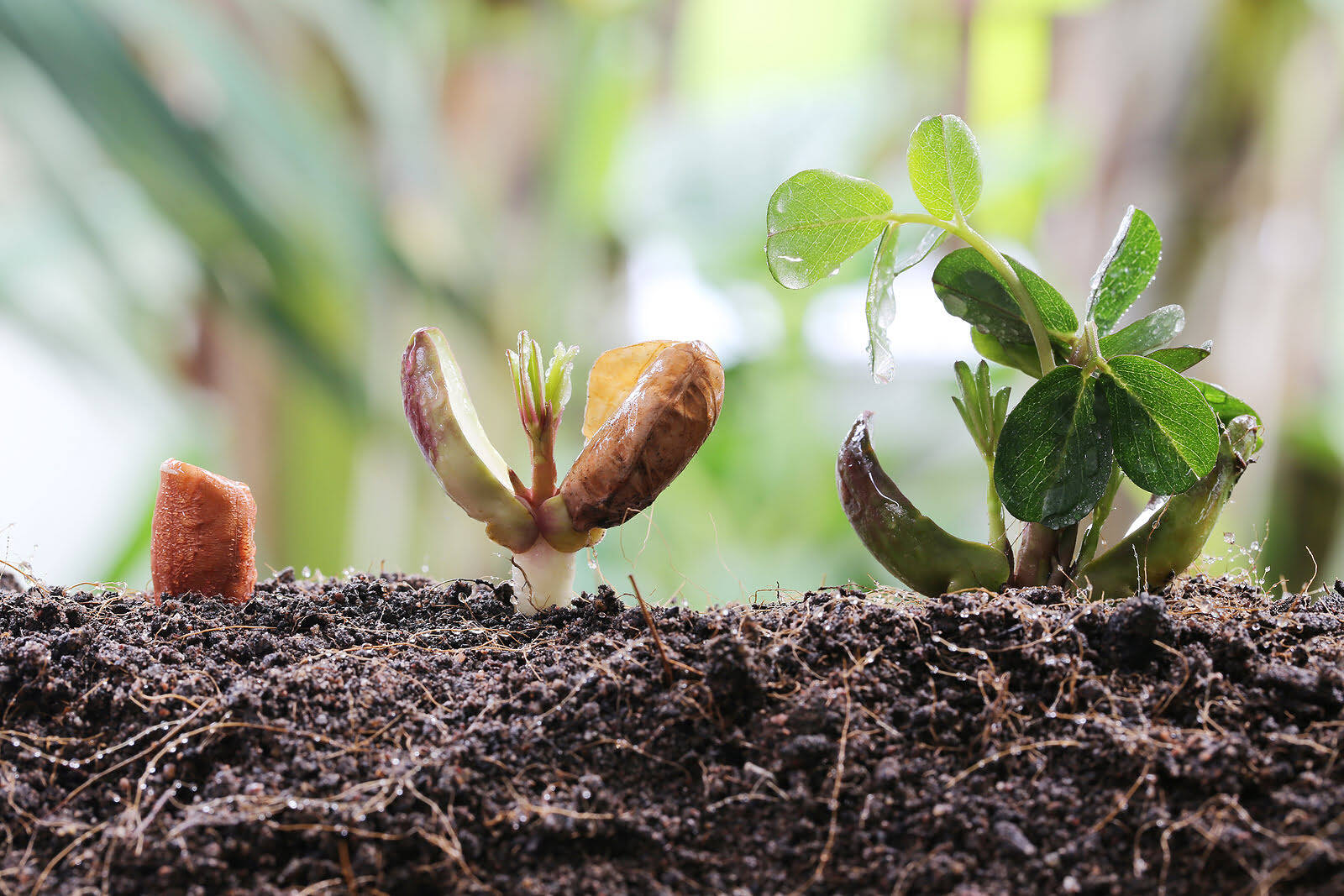
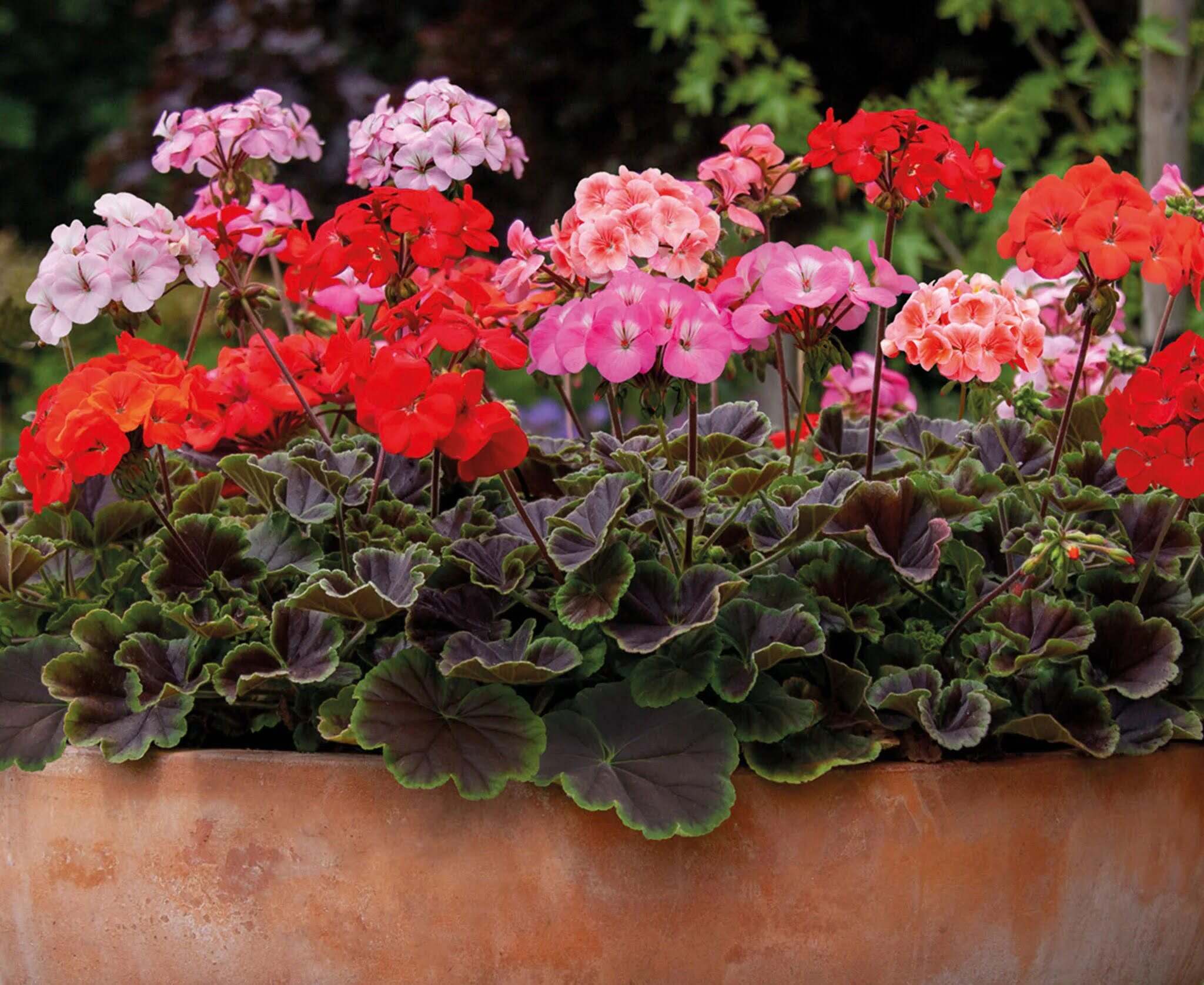
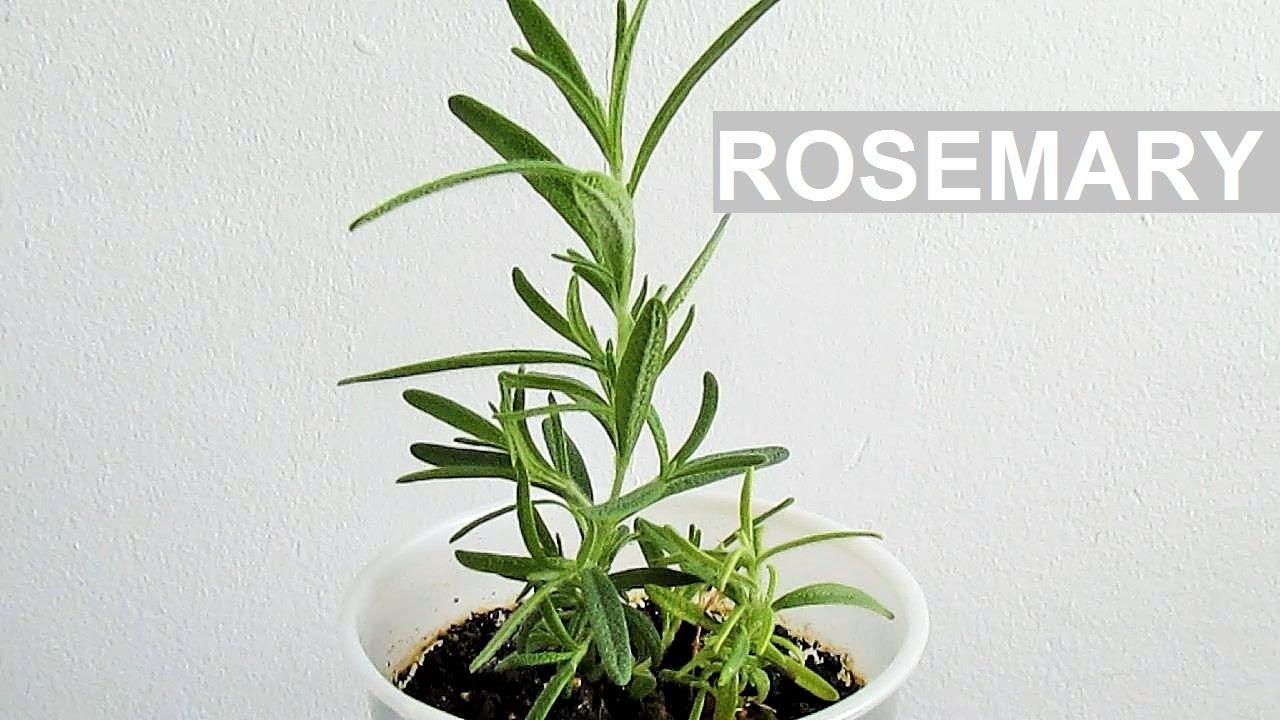


0 thoughts on “How To Grow Plantain From Seed”